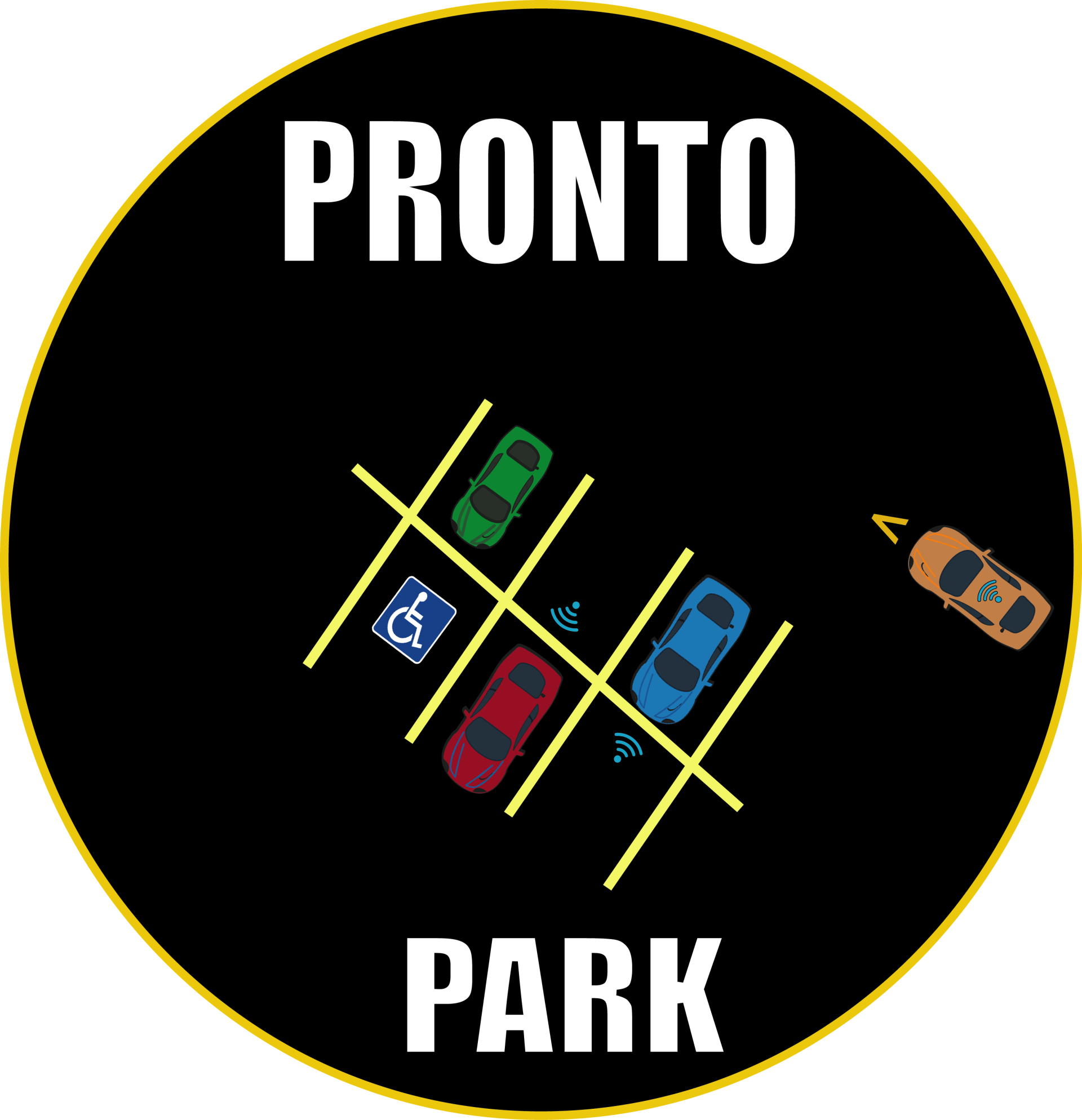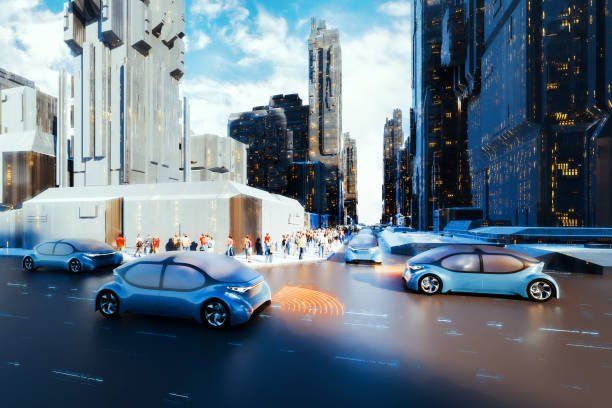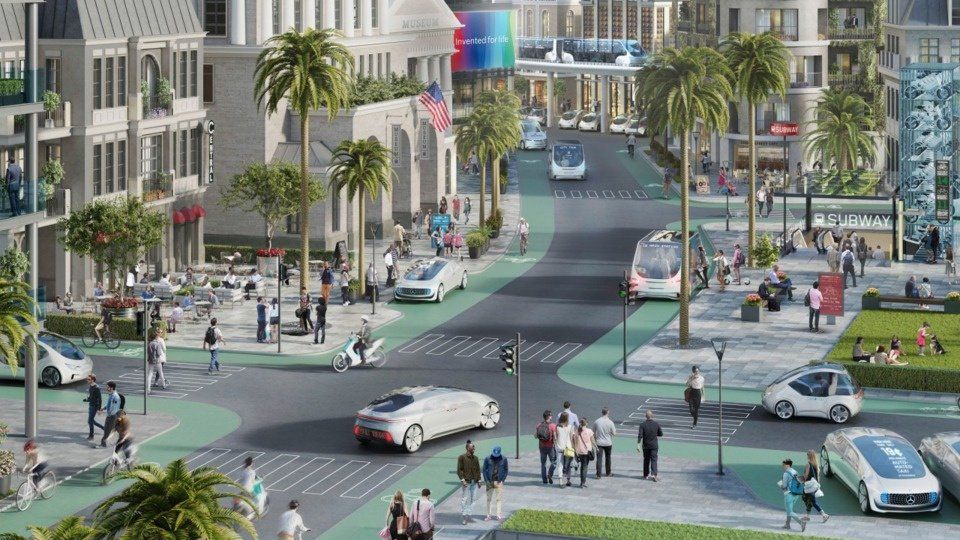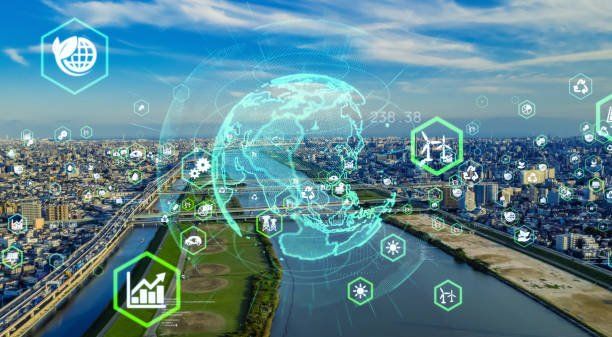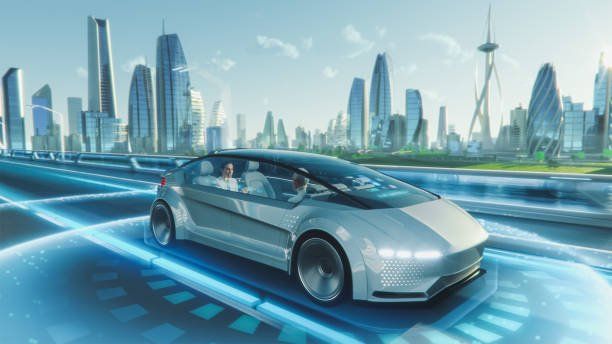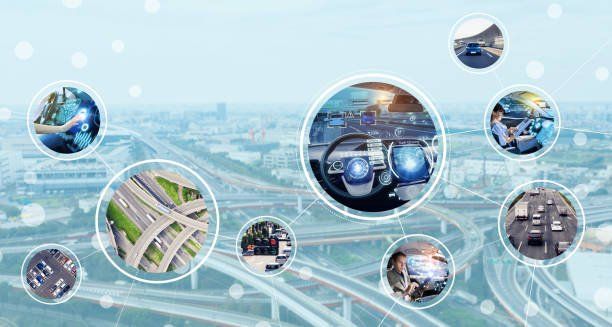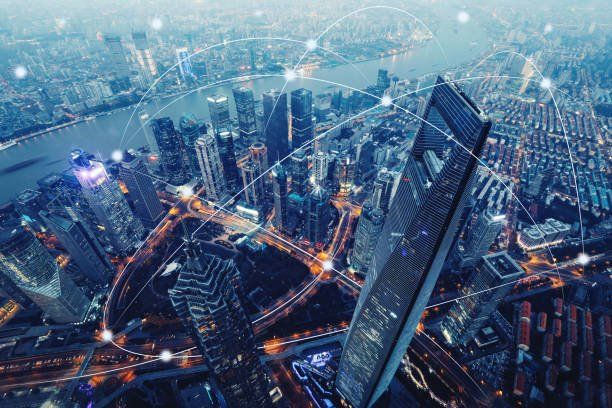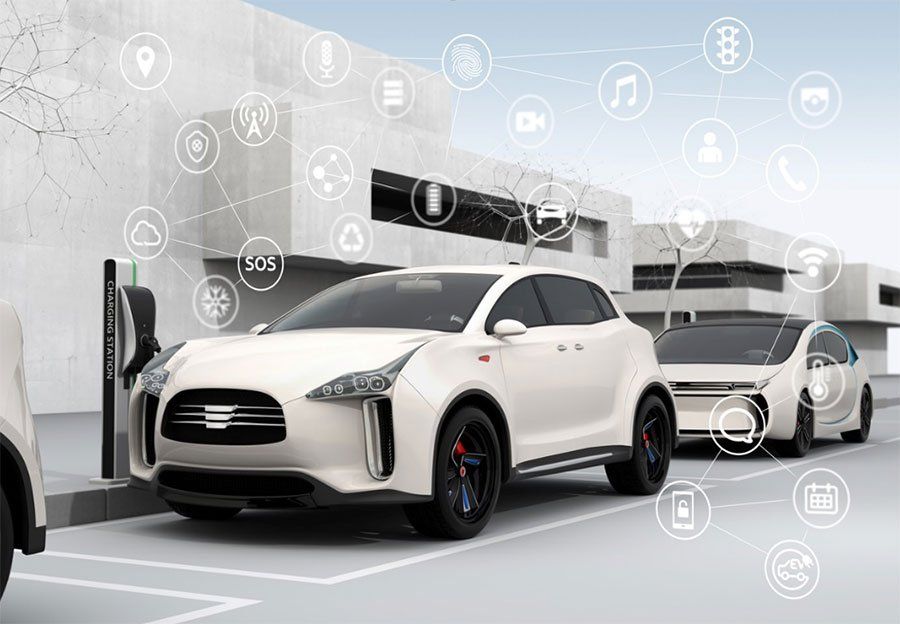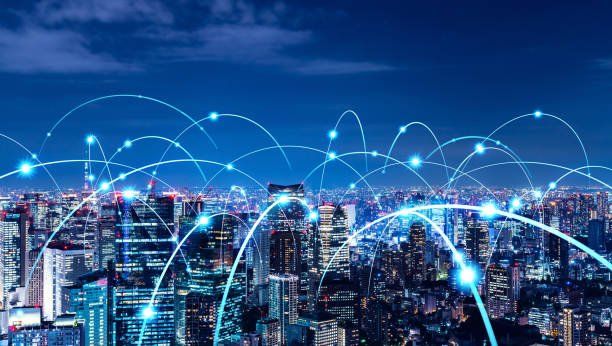Sustainable Smart Cities and the Role of Transportation
The key to an efficient smart city is its ability to monitor its urban systems and optimize them to make it as efficient and pleasant as possible. This requires transparent and inclusive communication structures, and the introduction of technologies that can track energy and waste. Cities can benefit from the use of sensors to improve their infrastructure and services. These technologies are being used to create a more comfortable and convenient environment for residents and visitors, and to encourage a culture of innovation and cooperation. Transportation plays a critical role in creating a sustainable smart city. In addition to easing traffic congestion and improving public safety, smart transportation systems also contribute to economic growth by reducing energy consumption, emissions, and costs. In a future smart city, the integrated network of public and private vehicles will accommodate electric and autonomous connected vehicles and buses. By combining these technologies, cities can expect more environmental benefits, save money on parking infrastructure, and improve their overall business operations.
The first step in designing a smart city is to define the community. The term "community" can refer to geographic location, links between cities, and the flow of people and services. In some countries, the definition of a community might be completely different than in others. It is important to carefully analyze the community to determine whether the technology will benefit the community in the long run. Then, the second step is to understand the characteristics of the people who will be living in the community.
Smart cities need a highly effective workforce that's focused on addressing citizens' needs and expectations. The integration of smart technologies can relieve city employees from the burden of manual operations, freeing them up to focus on strategic initiatives. As cities adopt new technologies, they can automate and simplify manual processes, improving citizen services. By combining technology with innovation, cities can make the most of ICT and help achieve both economic and environmental sustainability.
The goal of a smart city is to enhance the lives of its inhabitants by using new technologies to solve problems and track their progress. According to the United Nations Population Division, around 55 percent of the world's population lives in urban areas. By 2050, that number will reach 65 percent. This increase in urban populations demands that cities be well planned and well connected. To do this, smart cities educate their residents on facts that can help them address problems and improve their quality of life. It requires a more holistic approach to design than traditional city planning. Today, people want everything instantly, and smart cities will help them achieve that goal. But how do architects become part of the smart city movement? Here's a look at how some of today's top architects are approaching the challenge.
The success of any innovation depends on its ability to accommodate diverse users. The success of an innovation depends on its acceptance in a community. As such, the primary consideration for the development of a smart city should be the needs of its users. This is because it is essential to ensure that the new technology will have a positive impact on a community. A successful integrated transportation system will integrate intelligent technologies, bicycle routes, and private fleets into the overall planning process. Such a system will be flexible and adaptive to meet changing needs, while integrating with the physical geography and commercial development. As a result, smart cities will not only improve the quality of life of citizens, but also provide better services to citizens without causing unfair disadvantage to others.
The infrastructure should include technology that enables the city to collect, store, process, and analyze data. A smart city also integrates new building designs with the technology. Architects can no longer design buildings without taking this into consideration. They must ensure that their designs integrate seamlessly with the technology that will be integrated. Investing in walkable neighborhoods and public transit can significantly reduce greenhouse gas emissions, particulate matter, and carbon monoxide. As a result, a sustainable smart city will have fewer greenhouse gas emissions. In addition to saving money on energy and resources, smart transportation systems will also save on riders' expenses.
A successful smart city needs to combine a variety of technologies that help citizens make informed decisions and save time. The most important aspect of an efficient smart city is its ability to gather and use data. These technologies can be used to improve the lives of people. As a result, these systems can streamline everyday tasks and make the city a more attractive place to live. The next step is to ensure that people want to live in a city with all the available technologies.
The integrated nature of modern technologies allows for better access to information and services. It also supports sustainable transportation and is more environmentally friendly. The social aspect is important for a smart city to be sustainable. The most important aspect of a smart city is its sustainability.Smart cities that incorporate a sustainable transportation system can not only reduce pollution, but also improve air quality and contribute to environmental sustainability. Increasing efficiency and reducing costs are essential aspects of a city.
As cities become smarter, they must continue to consider the issues that affect the quality of life and environment. An efficient smart city will have better work models, less waste, and an excellent transportation system. With smart technology, the population will be able to access information they need to make informed decisions. They will also have access to real-time information. It is important to make a city accessible to the public and to ensure that it is easy to use.
Intelligent cities can be responsive to changes in the weather and citizen needs. For example, an intelligent city can monitor traffic, air quality, and other environmental factors and turn on massive air purifiers when necessary. In turn, a city can provide people with a better, healthier sustainable lifestyle.



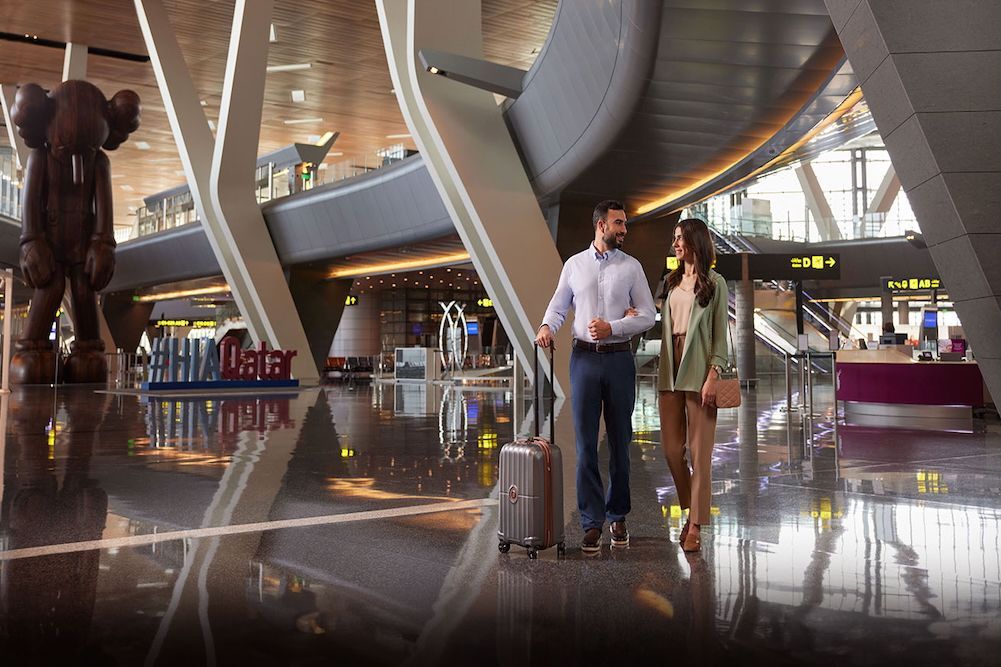




Built for the Last Block: How City Design and Small Wheels Are Powering the Future of Urban Movement


